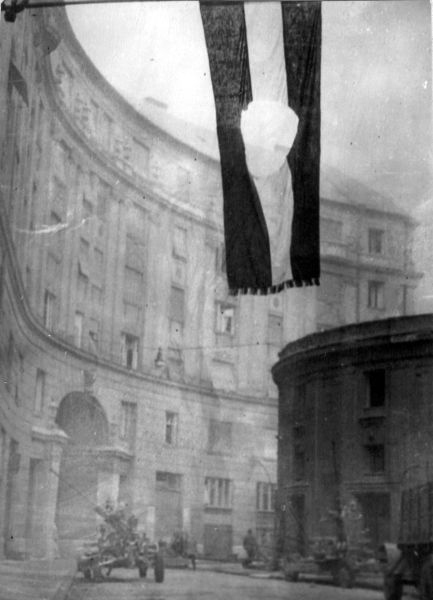b) Hungarian Revolution
The Hungarian Revolution in 1956 was a significant event in the Cold War, marking a turning point in the struggle against Soviet influence in Eastern Europe. This nationwide revolt against the Hungarian People’s Republic and its Soviet-imposed policies was brutally crushed by the Soviet Army. The revolution and its suppression highlighted the repressive nature of Soviet control in the region and the limitations of Western power in intervening behind the Iron Curtain.
The Hungarian Revolution of 1956 was a nationwide revolt against the government of the Hungarian People’s Republic and its Soviet-imposed policies. This spontaneous national uprising began on October 23, 1956, and was the first major threat to Soviet control since the USSR’s forces drove out Nazi Germany from its territory at the end of World War II.
The revolution began as a student demonstration in Budapest. The protestors called for a more independent political system and freedom of speech, among other demands. The demonstration quickly spread across Hungary, and the government collapsed. Thousands organized into militias, battling the State Security Police (ÁVH) and Soviet troops.
On November 4, 1956, a large Soviet force invaded Budapest and other regions of the country. The Hungarian resistance continued until November 10, but it was ultimately crushed. Estimates of casualties vary, but it’s believed that about 2,500 Hungarians died and 200,000 more fled as refugees. Subsequently, mass arrests and denunciations continued for months.
This event significantly strained Western relations with the Soviet Union and is often considered a major event of the Cold War. The failed uprising also had a lasting impact on the Hungarian psyche and world politics.

